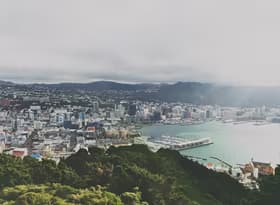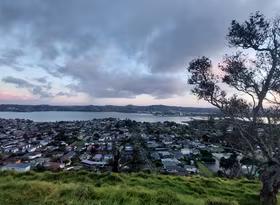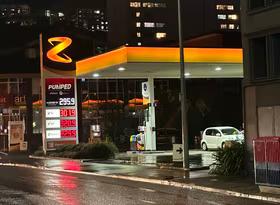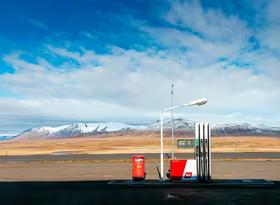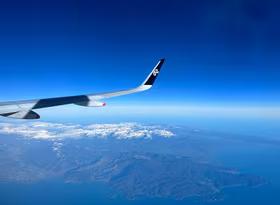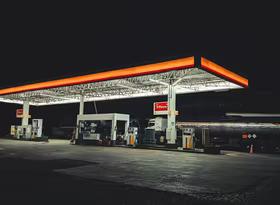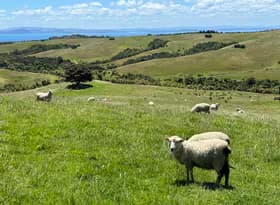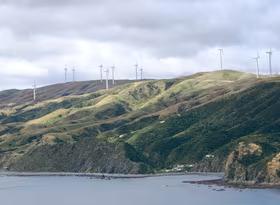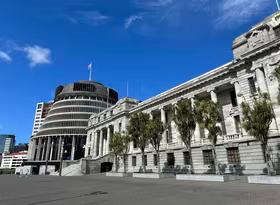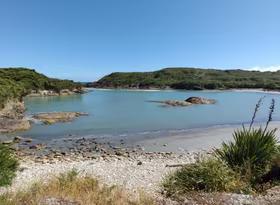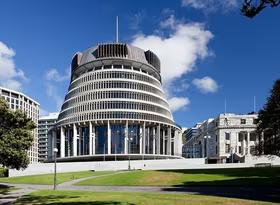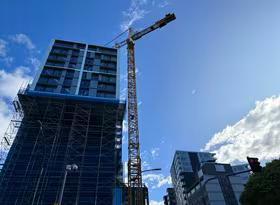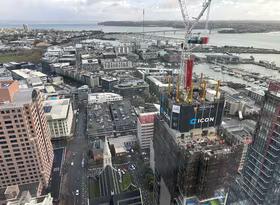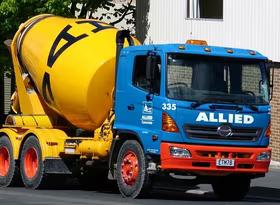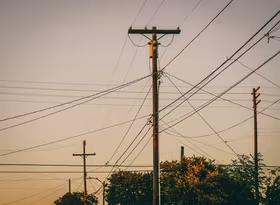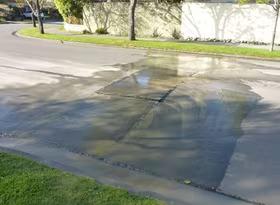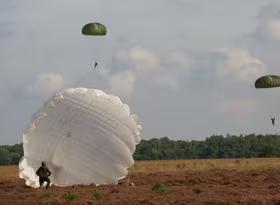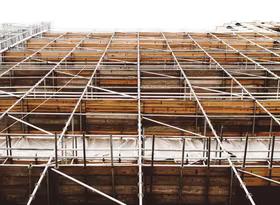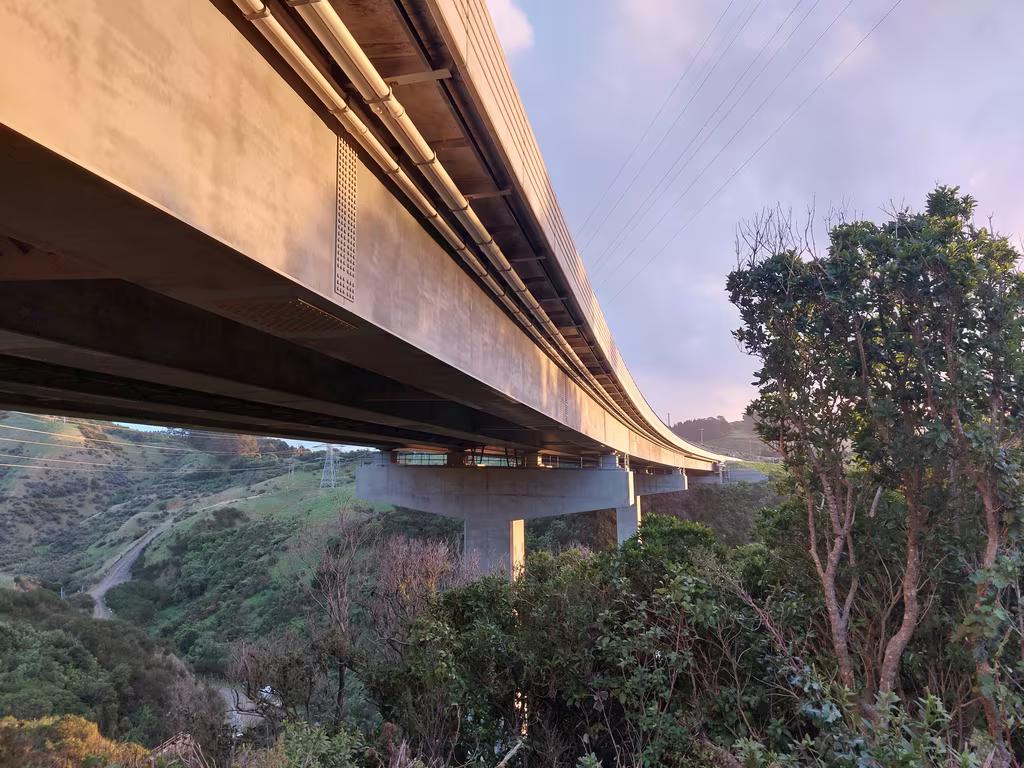
Getting a boost from the NZ Upgrade Programme
Getting a boost from the NZ Upgrade Programme
The Coalition Government recently announced the New Zealand Upgrade Programme, featuring an additional $6.8bn for transport infrastructure, in recognition of the need for more investment and the current low cost of borrowing.
What is notable about the package is that few projects appear to be as ‘shovel ready’ as they have been portrayed. There looks to be a thin tail of work starting in late 2020, and the bulk of the programme not fully underway until 2024 – four years away (see Chart 1). Such is the nature of large infrastructure projects, particularly these ones, with many yet to enter the detailed design or consenting stages.
Boosting the pipeline
The Upgrade Programme represents a respectable boost to infrastructure activity, with planned infrastructure activity peaking in 2020. Activity previously looked set to ease slightly out to 2026, but the addition of the Upgrade Programme should hold the infrastructure pipeline at a steady level out to 2024 (see Chart 2). We’re still waiting to see exactly how the additional activity will change our Infrastructure Pipeline Profile (IPP) and will be updating the Profile in due course.
With the programme funding projects outside of the National Land Transport Fund (NLTF), there’s a potential further $1.8bn projects in the pipeline that can now be funded inside the NLTF, as well as the $4bn that the government has withheld for future announcements at Budget 2020.
Altogether, the Upgrade Programme provides increased confidence to contractors to maintain and invest in capacity in the short to medium term. It’s also quite helpful in signalling to trans-Tasman contractors to maintain their presence in New Zealand, in the context of a $100bn infrastructure boost to Australia’s infrastructure spending over the next ten years.
More jobs in the pipeline
Looking at the programme in isolation, the Upgrade Programme is expected to create 3,200 jobs at its peak in 2024, compared to the 2019 civil construction sector workforce of 55,900. This isn’t a net addition however, as the previous chart shows that some jobs would likely have been shed otherwise, as the value of work was set to ease.
Upper North Island a clear regional winner
On a regional basis, the relative ‘win’ for Auckland and the Upper North compared to the South Island have been well discussed. Greater Auckland highlighted that on a per capita basis, the top regions in the programme are Northland, Bay of Plenty, Wellington and Auckland respectively.
Looking at the programme in relation to the Infometrics Infrastructure Pipeline Profile, we can see that on a relative basis, the programme’s impact is greatest on Northland, amounting to an 18% boost to its existing infrastructure pipeline. This represents a significant boost to the sector across the Upper North, and in Wellington.1
Looking ahead
The Coalition Government has kept $4.0 billion up its sleeve for election year infrastructure sweeteners, which will be allocated at Budget 2020. Given the size of this boost to the horizontal construction sector, it seems likely the future announcements will have more emphasis on vertical construction, such as regional hospital redevelopments. We’ve also made the case recently that additional funding could be considered to support water infrastructure asset spending, with additional spending likely to meet higher standards being considered.
Regardless of where the funding goes, infrastructure investment has come back into focus in election year, with even more announcements, and funding, likely.
1 The Otaki to North of Levin expressway is mostly based in Manawatu, but NZTA is calling it a Wellington project, so we’re counting it as such

